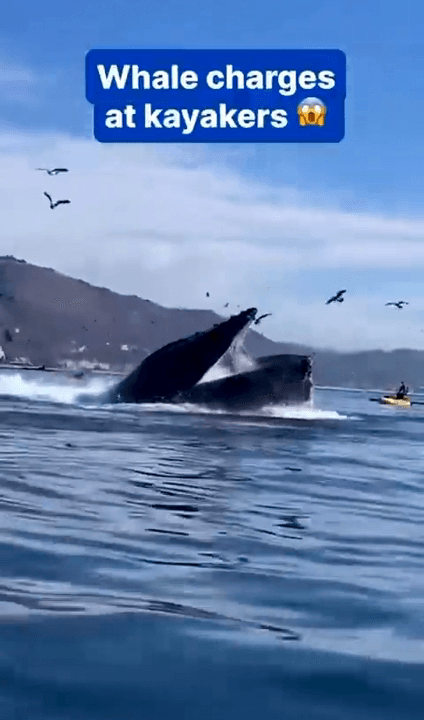
Hunting in MAPUTO Province: An Extensive Guide to Wildlife, Traditions, Regulations, and Exceptional Hunting Adventures in Mozambique’s Southern Region Maputo Province, located in the southern part of Mozambique, is a hidden gem for hunting enthusiasts. With its diverse landscapes, rich wildlife, and unique hunting traditions, this region offers an unforgettable experience for hunters. Hunting Through the Lens of Geography: Natural Spaces and Their Influence on Game in Maputo Province Maputo Province is characterized by a mix of coastal plains, savannas, and dense woodlands, making it a prime location for hunting. The region is bordered by the Indian Ocean to the east, providing a unique combination of marine and terrestrial ecosystems. The Maputo Special Reserve, a protected area within the province, is a notable hotspot for wildlife. The province’s climate is subtropical, with a wet season from November to March and a dry season from April to October, which is ideal for hunting a
Post: 18 June 13:24






